When faced with a giant wall of wine at your local shop or an inch-thick wine list at a restaurant, selecting just one bottle can be overwhelming. But learning about just a few of the most popular varieties can prove massively helpful when it comes to wading through the wide world of red wine.
Though many red wines are made as blends, there are a lot of wines that present a singular expression of a grape. Each variety has its own intrinsic characteristics, and getting a feel for each grape’s personality can help you figure out which you gravitate towards the most.
This list is by no means exhaustive — there are hundreds of distinct grapes from Italy, Greece, Germany, Portugal, and beyond that aren’t covered here — but these select varieties are the perfect way to start your journey. And while reading this guide is a great first step to understanding red wine better, the ideal way to learn is by drinking each example and comparing them to one another. So whether you’re a beginner or just looking to expand your palate, read on to discover the 12 red wine varieties that you should know.
1. Cabernet Sauvignon
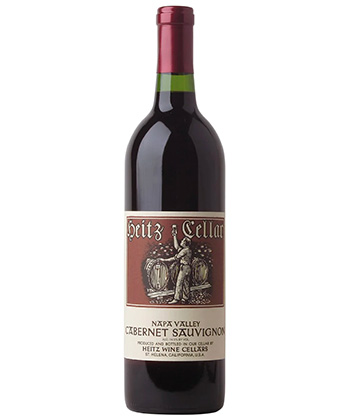
Cabernet Sauvignon is the most planted red wine variety in the world. Originally from France’s prestigious Bordeaux region, this beloved red grape is now planted in regions across the globe, most notably in California’s Napa Valley, Australia, and Chile. It’s known for its bold flavor profile with notes of blackcurrant, cassis, and blackberries, as well as its intense structure and grippy tannins. Cabernet Sauvignon is typically the backbone of the blends from Bordeaux’s Left Bank, where its more earthy, herbaceous characteristics are put on display. But for a more fruit-forward expression, try an example from California. These wines can often have a heavy oak influence as well, so expect hints of flavors like vanilla, cedar, and spices.
2. Merlot
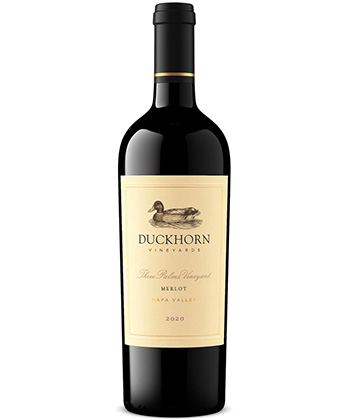
Merlot is Cabernet Sauvignon’s unsung sibling. As they both play a primary role in the blends of Bordeaux and share a parent in Cabernet Franc, Cabernet Sauvignon and Merlot are often confused for each another —but there are some key differences between the grapes. Merlot is the key component of blends from Bordeaux’s Right Bank, and outside of Europe, it’s frequently found in similar regions to Cab like California and Washington State. On its own, Merlot can offer more of a soft, plush mouthfeel compared to the powerful Cab. It has notes of red plums, dark berries, and vanilla from oak influence. If you’ve tried a Cab and are looking for something a bit softer, reach for a Merlot next.
3. Pinot Noir
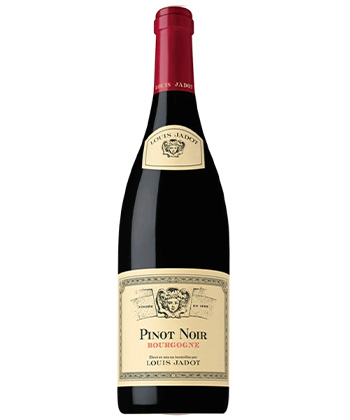
Pinot Noir is the ultimate variety for fans of the lighter-bodied reds. This grape is originally from France’s esteemed Burgundy region, where it became famous for its elegance and complexity. Now you can find Pinot Noir just about anywhere, but we have a soft spot for Pinots from Santa Barbara, the Sonoma Coast, and Oregon’s Willamette Valley. Watch out for regions like Alsace and Germany for some great examples of Pinot, too! These wines are typically lower in alcohol than Merlot or Cab — 12.5 to 13.5 percent ABV is the sweet spot — and have high acidity and silky tannins. Pinot Noir is also known for its delightful, bright red berry and cherry notes with subtle hints of earth and spice.
4. Syrah
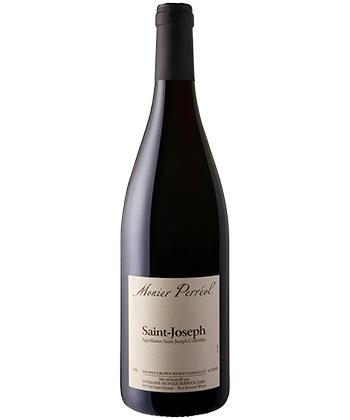
Syrah is renowned for its role in the wines of France’s Rhône Valley. The Northern Rhône’s red wines are made exclusively from Syrah, and showcase the grape’s inherent savory qualities with notes of brambly berries, black olives, pepper, and cured meat. Wines from the prestigious small regions within this area — including Côte-Rôtie, Hermitage, and Cornas — can fetch a pretty penny, so if you’re just starting to explore this grape, look to the more accessible regions of Saint-Joseph and Crozes-Hermitage. Some regions in the U.S. like the Sonoma Coast and Santa Barbara are making great cool-climate expressions of the grape as well. These wines are suited for those who like ample fruit and tannin in their glass, but also aren’t afraid of some serious savory notes.
5. Grenache
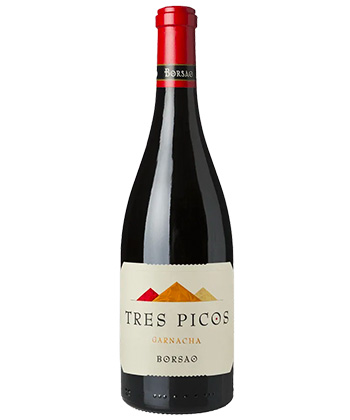
Grenache has many different identities across the wine world. It’s a primary component in wines in southern France including Côtes du Rhône blends and the rosés of Provence, and it’s also popular in several regions across Spain, where it’s known as Garnacha. In warm climates, wines made from Grenache can be big and bold with high alcohol content and jammy black fruits, but in cooler zones like the Sierra de Gredos region of Spain, the wines can have bright red fruit notes and an intriguing spice note. When bottle shopping, check the region the wine’s from and its alcohol content to see which side of the grape you’re going to get.
6. Zinfandel
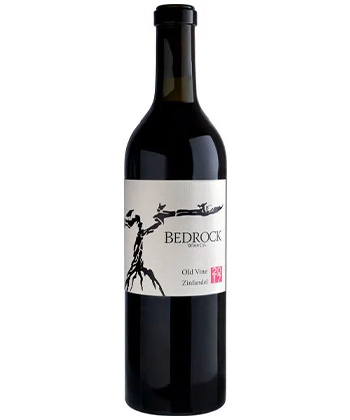
Zinfandel often gets a bad rap thanks to the syrupy-sweet white Zins of the world. But this variety actually has a rich history in California, and there are some incredible, high-quality reds made from this grape worth paying attention to. Across Northern California in regions like Lodi, Mendocino, Contra Costa, and Amador counties, there is an abundance of old-vine Zinfandel vineyards with vines that range from 50 to 130 years old. These wines have great intensity and complexity, so if you’re searching for a Zin, look for the term “old vines” on the label — Bedrock Wine Co. makes a great example. Zinfandel has a bold flavor profile brimming with deep, concentrated fruit notes, so this is a great option for those who like bold flavors.
7. Cabernet Franc
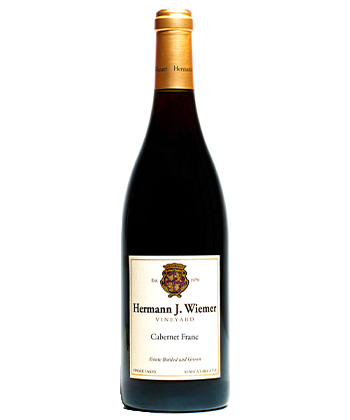
Frequently considered the “other” Cabernet, Cabernet Franc is a delightful red variety that deserves more recognition. Stellar examples can be found in France’s Loire Valley, the Finger Lakes in New York, Canada, and California. Cabernet Franc is known to have high levels of pyrazines, a compound that imparts a green, herbaceous note to the wines. Beyond the distinct savory notes, Cabernet Franc is typically medium-bodied and often has brambly berries on the palate with hints of graphite and cedar.
8. Malbec
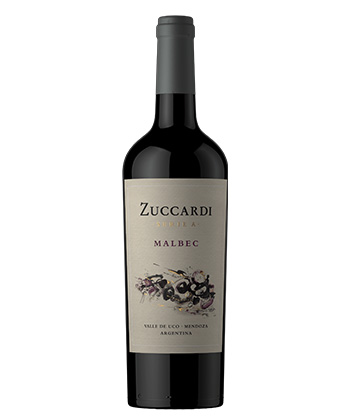
Even though Malbec is originally from the south of France, it’s really found its groove in the high-altitude regions of Argentina where it’s bottled as a single varietal. Expect grippy tannins and notes of bold black fruits, plums, and vanilla, all of which make it an ideal choice for steakhouse dinners.
9. Gamay
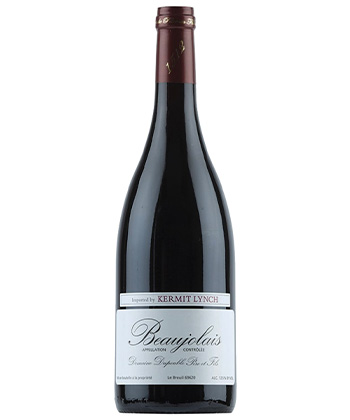
Gamay is the grape behind the quaffable, chillable red wines from France’s Beaujolais region. Wines labeled under the Beaujolais appellation are full of juicy fruit flavors and bright acidity. For more serious expressions of the grape, look to the 10 crus of Beaujolais, where they have some more structure and complexity but still deliver Gamay’s lovable fruit-forward flavor profile.
10. Sangiovese
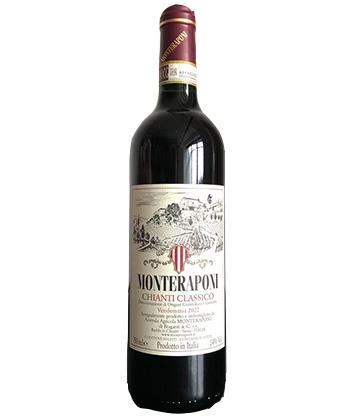
Sangiovese is the most planted red grape in Italy, so if you’re looking to get into Italian wine or are planning a trip to the land of pizza and pasta, it’s time to familiarize yourself with it. Sangiovese is the primary grape in the wines of Tuscany, including Chianti and the prestigious Brunello di Montalcino. These carry pronounced notes of cherry, herbs, and leather with fresh acidity and grippy tannins. Pair these wines with a classic red-sauce dish for the ultimate Italian experience.
11. Nebbiolo
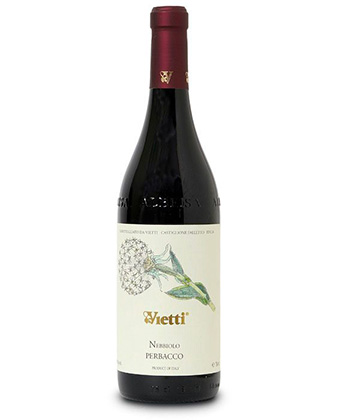
Nebbiolo is a grape used to produce Piedmont’s revered wines of Barolo and Barbaresco. Its fans adore it for its perfumed aromatics of rose petal, tar, and red fruit. Even though the wines are light in color, they pack a punch on the palate with intense acidity and tannins, and these characteristics make them suitable for long-term aging. The cellar-worthy wines of Barolo and Barbaresco are some of the most sought-after on the market, so for a more accessible bottle, look to the border region of Langhe. We suggest pairing Nebbiolo with a truffled pasta dish.
12. Tempranillo
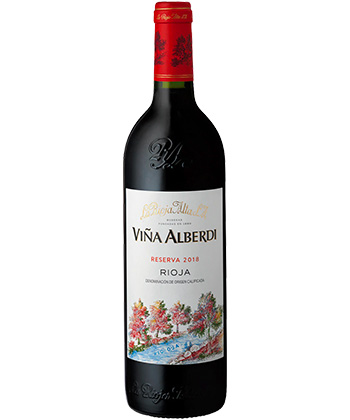
Tempranillo is a Spanish variety known for its role in the wines of Rioja and Ribera del Duero. It is medium- to full-bodied with ripe fruit flavors as well as oak-imparted notes like vanilla, cedar, and herbs like dill. It’s a great way to get to know Spanish wine, and we suggest pairing a bottle with some manchego.
